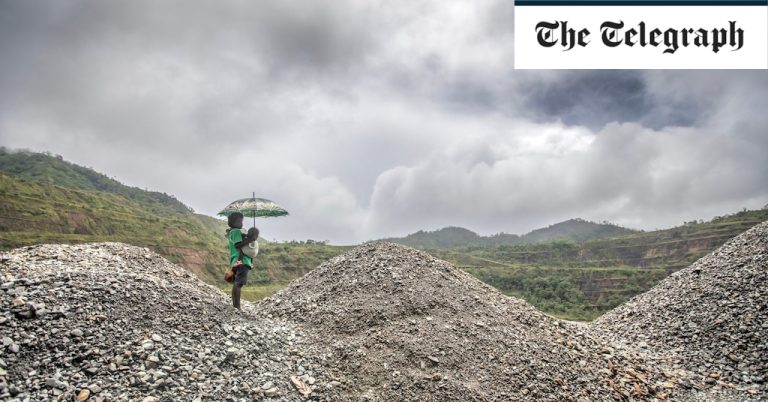Politician Theonila Roka Matbob lives downstream from the open pit, and she sees the consequences of the last mining epoch every day. Polluted water flow from the mine pit into nearby rivers and erosion from the mounds of mine tailings left by Rio Tinto further contaminates the area.
She has gotten off lightly. Further downstream from the open pit, where up to 14,000 people live, the situation is worse. Arable land and rainforest have been replaced with moonscapes and swampland, a breeding ground for malaria. Fish stocks in rivers are wiped out and drinking water poisoned. “People are struggling, lacking arable land, food and clean water,” she says. “How can a hungry person focus on realizing independence?”
Still, Theonila Roka Matbob has changed her mind about mining, from being completely opposed to it.
“I would first like to see a diversified economy. Then, the mining can provide an extra boost, if it is managed responsibly,” she says.
But first, the area needs to be cleaned up. Together with 156 landowners and the Australian Human Rights Law Centre, Theonila Roka Matbob is fighting to get Rio Tinto to take responsibility for environmental degradation. So far, the mining company has agreed to at least fund a study of the damage.
“But we also need to get the company to commit itself publicly to the clean-up.”
